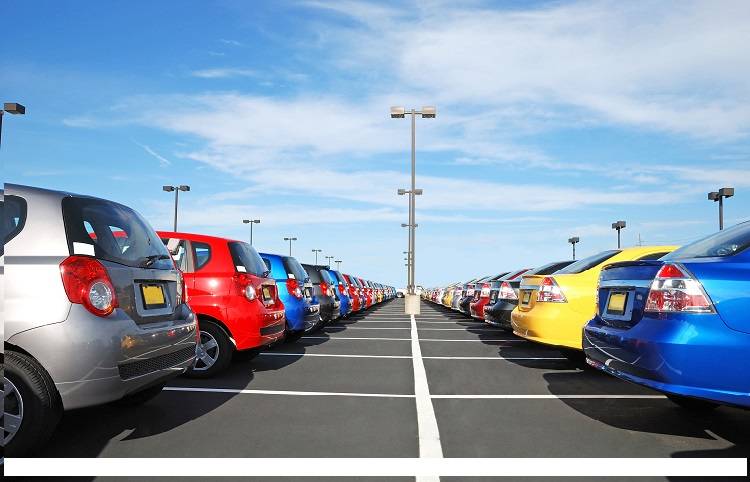Four-Stroke Engine in Cars: Power and Efficiency
Four-Stroke Engine in Cars: Power and Efficiency

When you turn the key in your car and hear the engine roar to life, you're experiencing the magic of a four-stroke engine - a marvel of mechanical engineering that powers most modern vehicles. The engine supports efficient and reliable driving. Also, secure car insurance to keep your every drive safe.
What is a Four-Stroke Engine in Cars?
A four-stroke engine is an internal combustion engine that completes a full working cycle in four piston motions, or strokes. Unlike its easier cousin, the two-stroke engine, this engine takes two complete turns of the crankshaft to finish one full cycle. This style offers several major benefits, making it the favourite choice for most passenger cars. The four-stroke engine in cars offers several strong advantages:
• Efficiency: They consume fuel only once every four strokes, making them more fuel-efficient compared to two-stroke engines.
• Lower Emissions: The separate intake and discharge processes help reduce unburned hydrocarbon emissions.
• Quieter Operation: These engines run more quietly than their two-stroke cousins.
• Durability: With proper care, four-stroke engines tend to have longer lifespans.
The Four-Stroke Engine Cycle
Let's break down the working of four-stroke engines in cars:
1. Intake Stroke:
• The piston goes lower
• The entry valve opens
• A mixture of air and fuel is drawn into the cylinder
• Creates a vacuum that pulls in the flammable mixture
2. Compression Stroke:
• The pump goes upward
• Both intake and exit valves are closed
• The air-fuel blend is compressed
• Compression boosts the mixture's energy potential
• A bigger compression ratio means more power and efficiency
3. Power Stroke:
• The spark plug fires the packed mixture
• A planned explosion happens
• Expanding gases force the piston downward
• The crankshaft starts to spin, eventually moving the car
4. Exhaust Stroke:
• The pump moves upward again
• The discharge valve opens
• Burnt fumes are pushed out of the cylinder
• Prepares the engine for the next intake cycle
Cylinder Configurations
The number of cylinders in a four-stroke engine changes based on the vehicle's efficiency requirements:
• Single Cylinder: Mostly found in bikes
• 2-6 Cylinders: Common in standard cars, giving a mix of speed and economy
• 8-12 Cylinders: Used in luxury and high-performance cars for best smoothness and power
Conclusion
The four-stroke engine represents the pinnacle of automotive engineering. It efficiently converts heat energy into mechanical motion through a precisely coordinated four-step cycle. Four-stroke engine enhances the driving experience, offering power and efficiency. Obtain comprehensive car insurance to protect your vehicle and ride. It extends beyond basic accident coverage, safeguarding your car against unforeseen risks such as theft, accident, and damages.
Disclaimer: The above information is for illustrative purposes only. For more details, please refer to the policy wordings and prospectus before concluding the sales.
RELATED ARTICLES
What Are V Engines and Their Types?
3-Cylinder Engine vs 4-Cylinder: Exploring Performance, Efficiency, and More
What is Inline Engine? Different Types & Useful Benefits
Is engine protection cover needed for a 5-year-old car
Engine Symbol in a Car: Meaning and Steps to Follow










 Health Insurance
Health Insurance  Travel Insurance
Travel Insurance  Car Insurance
Car Insurance  Cyber Insurance
Cyber Insurance  Critical Illness Insurance
Critical Illness Insurance
 Pet Insurance
Pet Insurance
 Bike/Two Wheeler Insurance
Bike/Two Wheeler Insurance  Home Insurance
Home Insurance  Third Party Vehicle Ins.
Third Party Vehicle Ins.  Tractor Insurance
Tractor Insurance  Goods Carrying Vehicle Ins.
Goods Carrying Vehicle Ins.  Passenger Carrying Vehicle Ins.
Passenger Carrying Vehicle Ins.  Compulsory Personal Accident Insurance
Compulsory Personal Accident Insurance  Travel Insurance
Travel Insurance  Rural
Rural 











